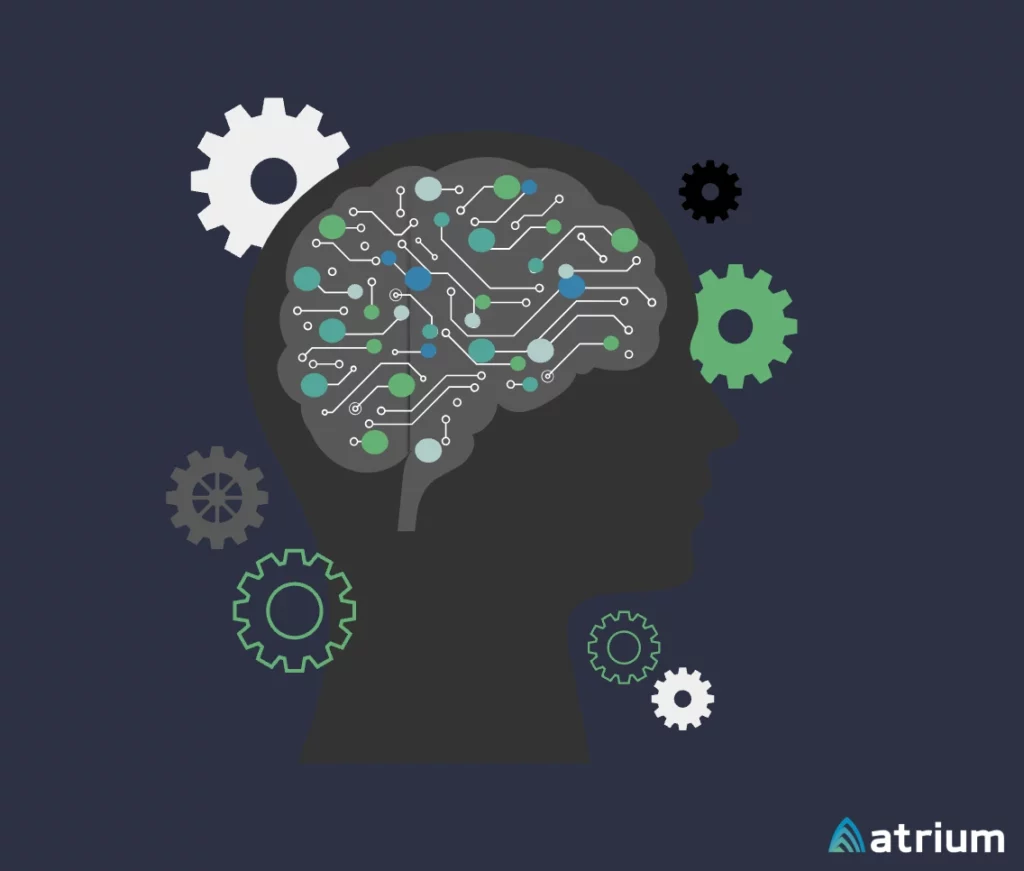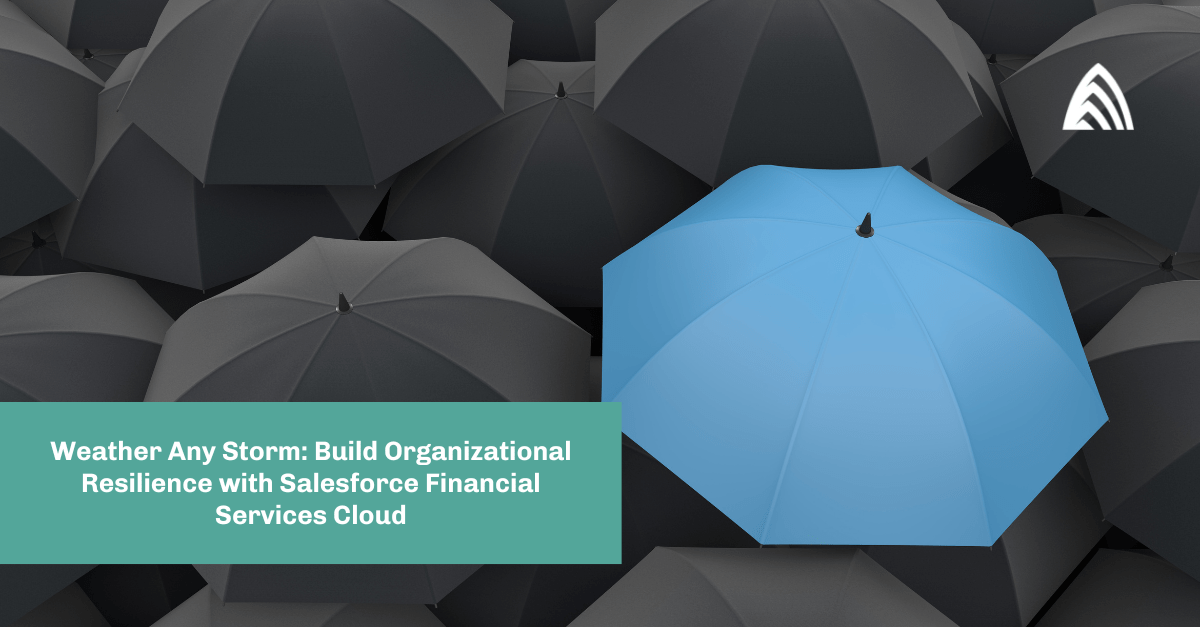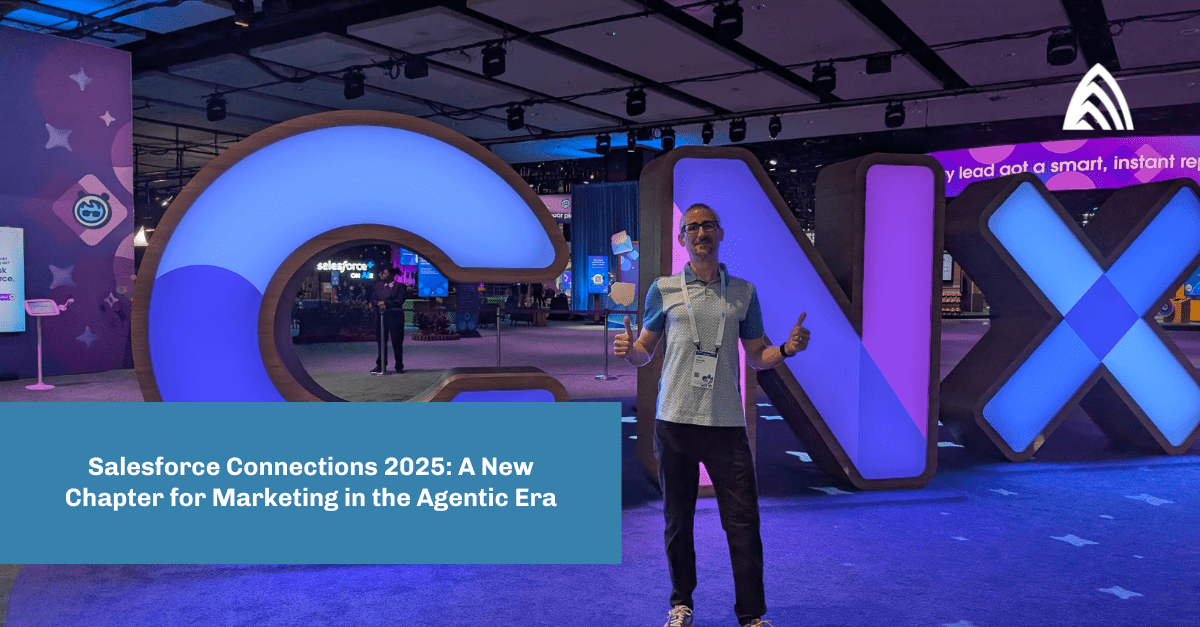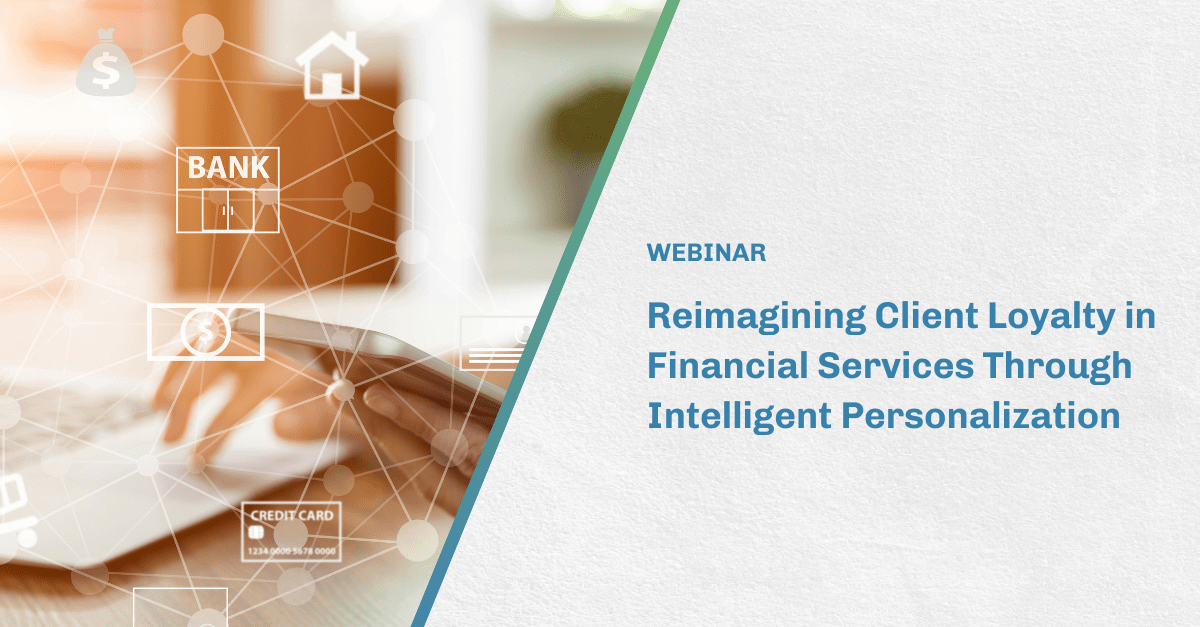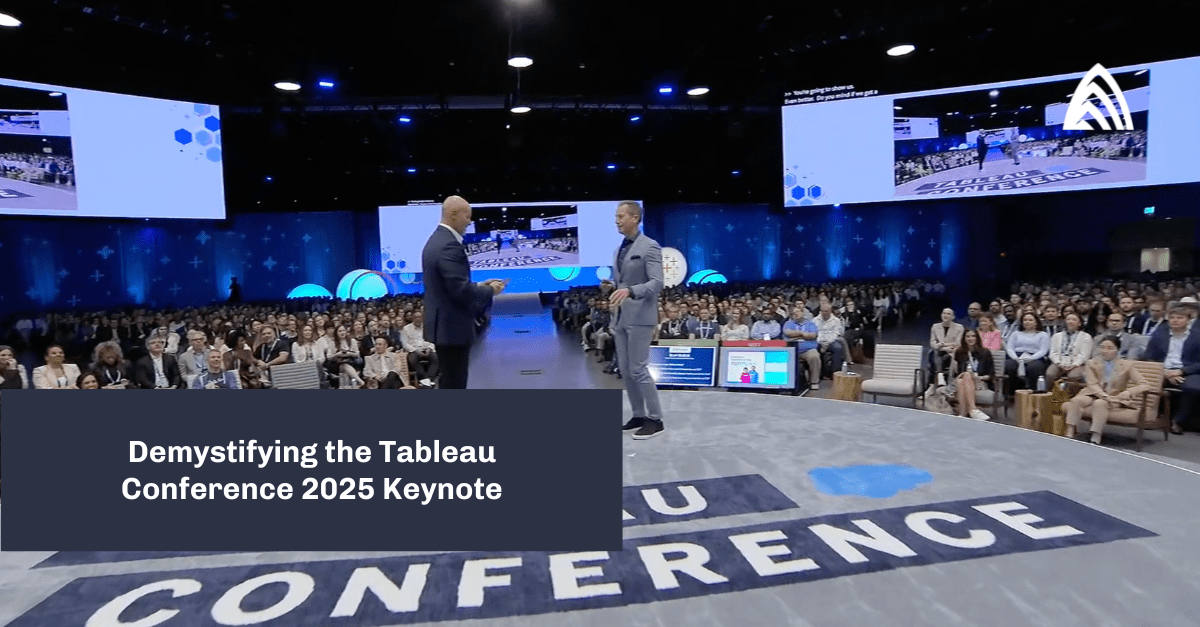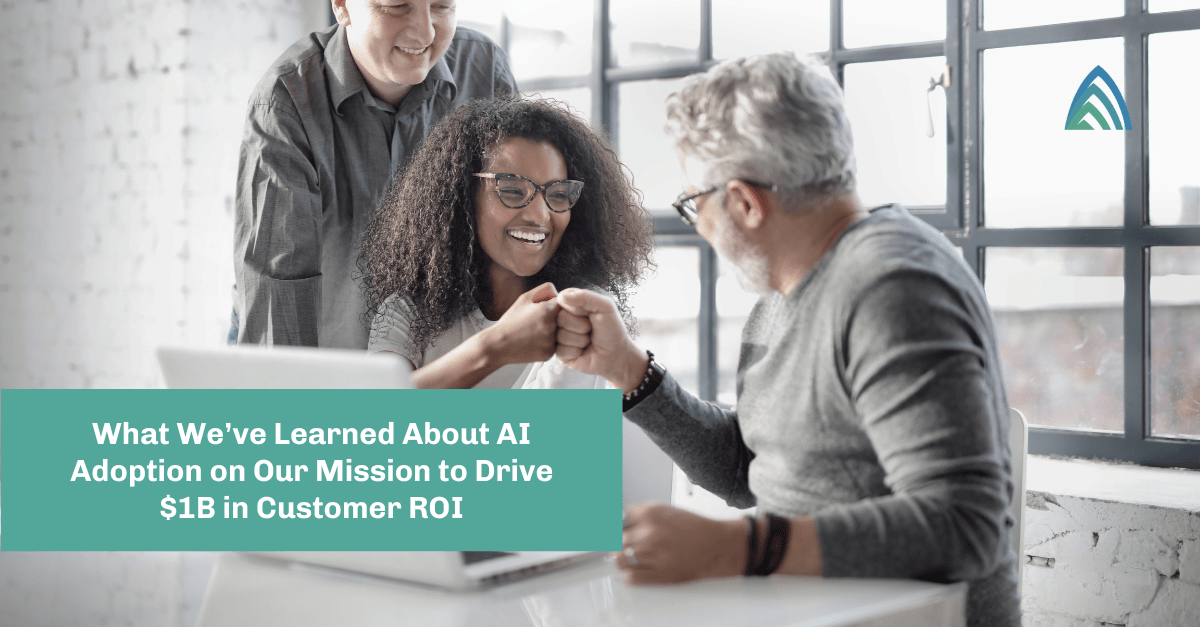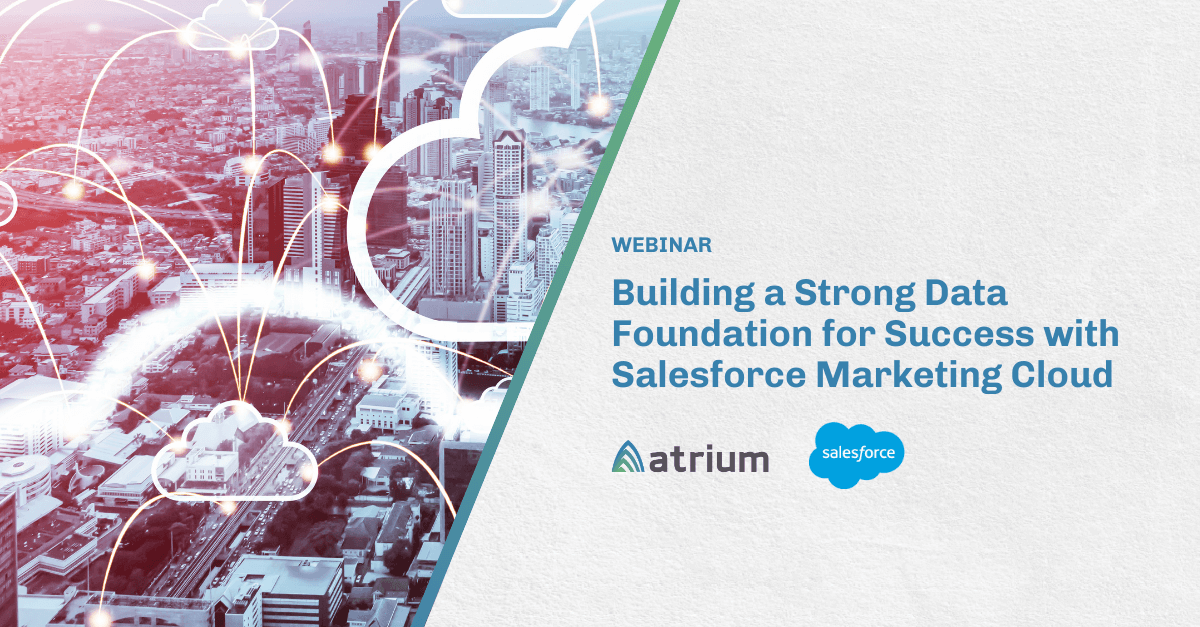Traditionally, most marketers have not had access to the resources or technology to create the granular segments they need to fully execute their marketing vision. With Agentforce and the latest Salesforce Marketing Cloud features — powered by Salesforce Data Cloud — the impossible finally seems possible for marketing teams large and small.
Does this sound familiar? Describing your target audience in a campaign brief, then working with technical resources who use a sophisticated audience builder tool, or directly run SQL against your data stores to traverse a large array of objects and tables and produce a file of “recipients” for the campaign. Then you take that file and load it into your orchestration system(s), and… 3, 2, 1… blast off!
This is, of course, a simplification of “old school” methodology, and arguably, there is a broad spectrum of sophistication when it comes to building campaigns (from audiences to messages or content), that strays from the above predicate. But, I am sure that the implications of the approach still resonate with many marketers and the challenges you face today.
With the prevalence of automation and packaged integrations, the landscape has changed, and the tools at the disposal of marketers have matured. But, in parallel, the amount of tools, channels, and data has also increased exponentially. Anyone reading this may likely relate to the compromise of having to leave some channels or data sources out of the mix.
We have steadily reached the point where there shouldn’t be any justifiable impediment to tapping into a current state of data-rich, low to no code, campaign and marketing strategy inception.
Marketing Cloud + Data Cloud + Agentforce: What this combination can do for marketing teams today
Over the years, we have specialized in empowering marketers with clean and rich data to enable their marketing tactics. This has relied heavily on automation and integrations to turbocharge features within the martech ecosystem available to end users. It has also relied on in-depth enablement and change management to train users on a specific configuration of their apps and platforms, or the “solution.”
Now, we can confidently put the pieces of the puzzle together in a way that allows for iterative enhancements and scalability, with a virtually unlimited runway of evolving features. The architecture has finally matured to support an iterative, use case driven development approach to the “crawl, walk, run, take off, and in orbit” maturity curve. And we can keep enhancing the space station with no disruption to business as usual as we continuously plug in data sources and activation channels. All the while, we’re guided through the functionality-rich modules of our evolving domain by Agentforce agents that can incorporate the new capabilities seamlessly.
Connecting campaigns to the “agent brain”
We still have builders, developers, and engineers. They still create capabilities and functions but now they can connect them to the “agent brain.” As end users, we use natural language to communicate with these agents and prompt actions to achieve desired outcomes.
So, we can go back to describing the audience we want to target for the campaign we want to run. Agentforce can use Salesforce Data Cloud to traverse those multiple (and constantly growing) objects containing the data to accurately create the right segment.
Additionally, it can refine or optimize it to address a marketer’s hypothesis using machine learning algorithms to experiment and A/B/n test permutations that may yield higher conversions by analyzing engagement data from connected orchestration platforms like Salesforce Marketing Cloud.
Using a portfolio of pre-built campaigns and journeys, the agent can then activate these segments across the right channels. The agent can even help draft content and personalize messages further. (And we don’t mean adding “First Name,” but rather including a semantically sound paragraph recommending a product category the customer has affined to in the past — to everyone in the journey — at scale!)
As new channels, data sources, etc., are added to the mix, your marketing team doesn’t need to learn new technologies, as it is the agent that is trained on their execution with the appropriate topics and actions. Furthermore, the agent can notify the user of new features and describe their use and expected outcomes at the time of execution (e.g., “Did you know we can now also display this offer on our ATM screens when they are extracting cash? Would you like me to incorporate this into your campaign tactic?”).
The future of (truly) personalized customer experiences
Enabling agents on customer-facing assets, such as a preference center, can bring added functionality to the customer, enhancing their experience. Normally, users access the preference center to, let’s face it, opt out!
We can attempt to postpone their decision by offering them ways to tailor their communication preferences and cadence. Imagine an agent asking them how they can help, informing them that they are currently in X amount of automated messaging journeys and will likely receive X amount of messages in the next month, and allowing the user to pick and choose which ones to be removed from by simply telling the agent (instead of opting out!).
Another example could be the ability to ask the agent to stop serving digital ads for a product they are no longer interested in (the agent can add them to the relevant suppression audience and simultaneously increase the efficacy of the campaign by reducing unnecessary impressions).
Given the open architecture and extensive API capabilities available in systems like Marketing Cloud, these use cases are progressively attainable. Empowering Agentforce agents with apex-based actions that call out to MCE APIs, their ability to interact with platform features, and manipulate and create assets is within reach.
Iterating on top of this, using flow-based actions that leverage these callouts and incorporate them into more complex processes interacting with Sales Cloud and Data Cloud objects, it’s entirely possible to build and scale increasingly more sophisticated use cases that allow the autonomous agent to run point in the external system via user prompts.
Additionally, as Agentforce agents are enabled through topics and actions, this allows for a modular approach in which the progressive incorporation of actions within a topic expands an agent’s ability to respond to and generate outputs for increasingly sophisticated prompts. You ask, and the agent connects to multiple systems to execute the appropriate response.
The main benefits reside in creating a consistent user experience in which new technologies don’t require further enablement on different platforms. In which the overarching governance and regulatory controls are configured within the agent, drastically decreasing the user’s margin of error.
Forget asking for list pulls. Just prompt and iterate!
Your trusted partners in marketing and data science
We understand the specific challenges and opportunities marketers face today, and can help you leverage the right combination of solutions to make big strides in improving your engagement, ROI, team efficiency, and marketing program performance. The certified Salesforce experts at Atrium can help you build, optimize, and launch data and AI-driven campaigns to meet your marketing and sales goals.
Learn more about our marketing cloud consulting services.

